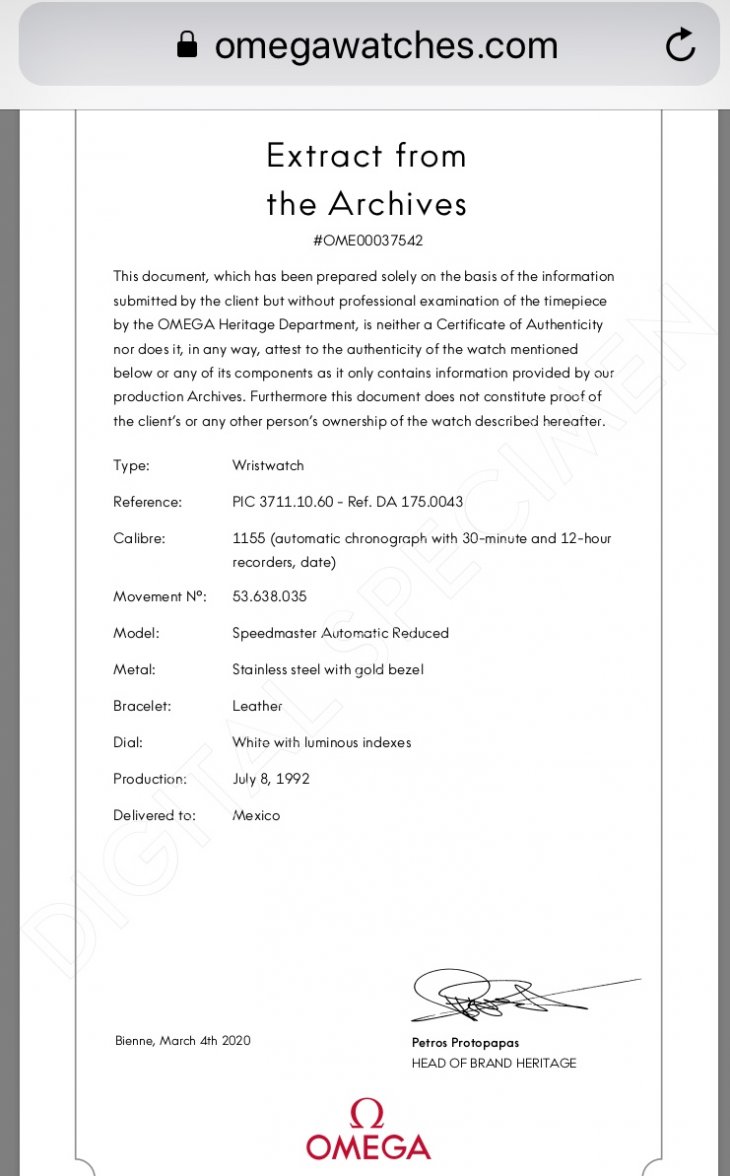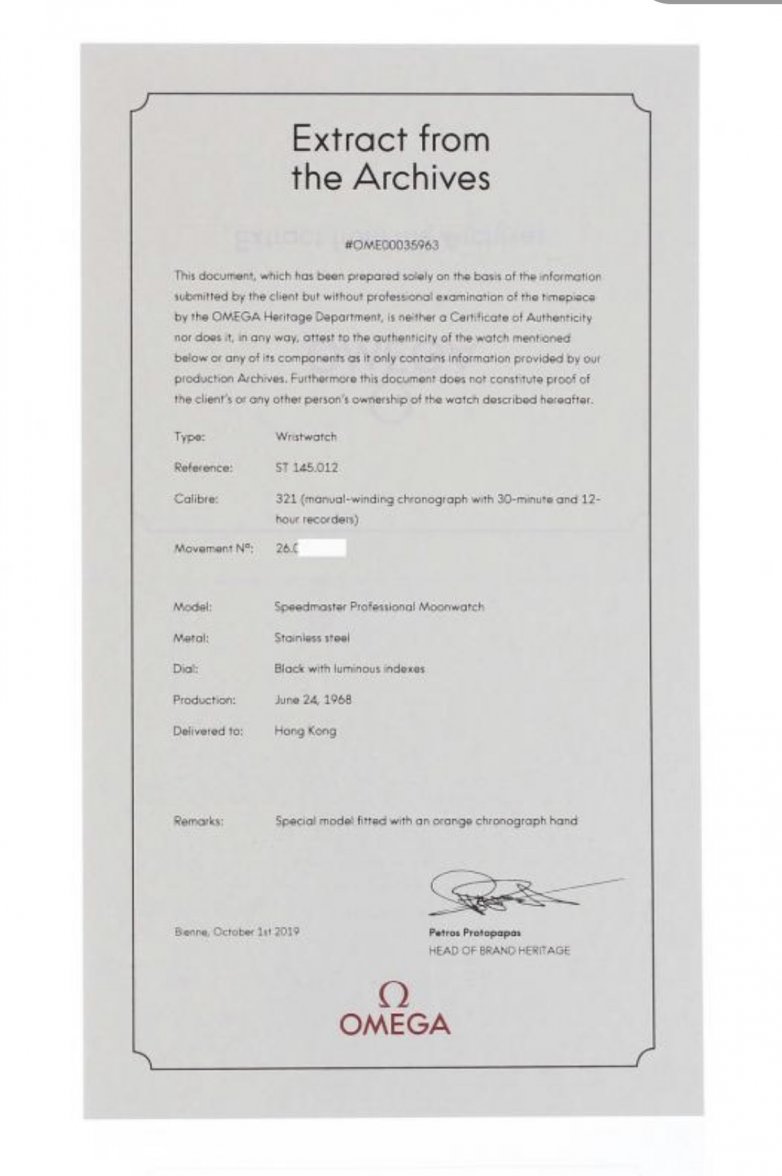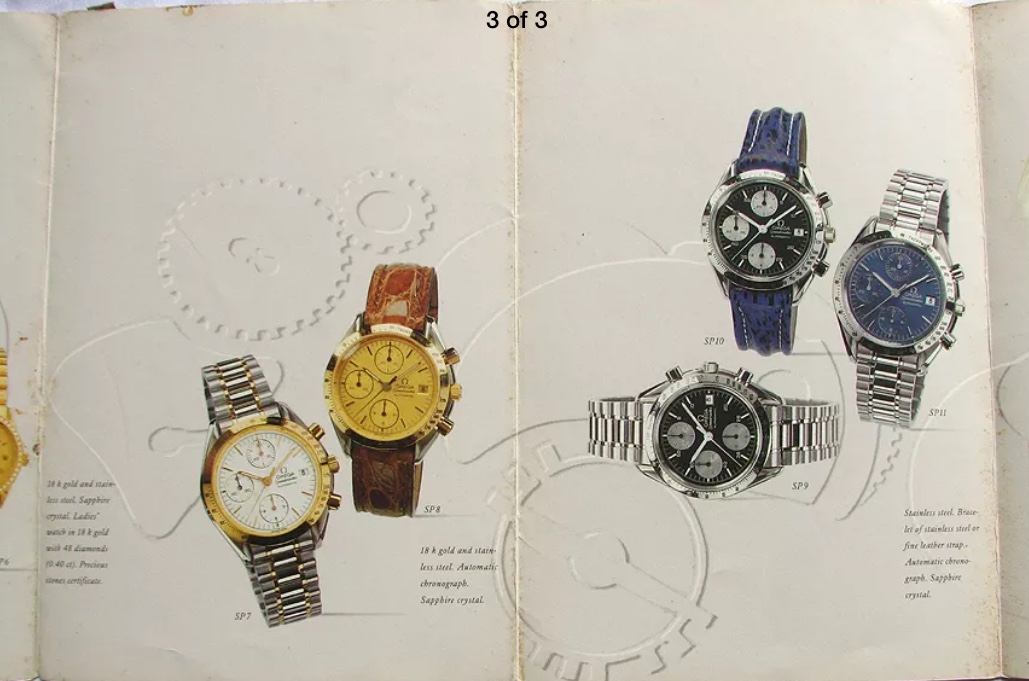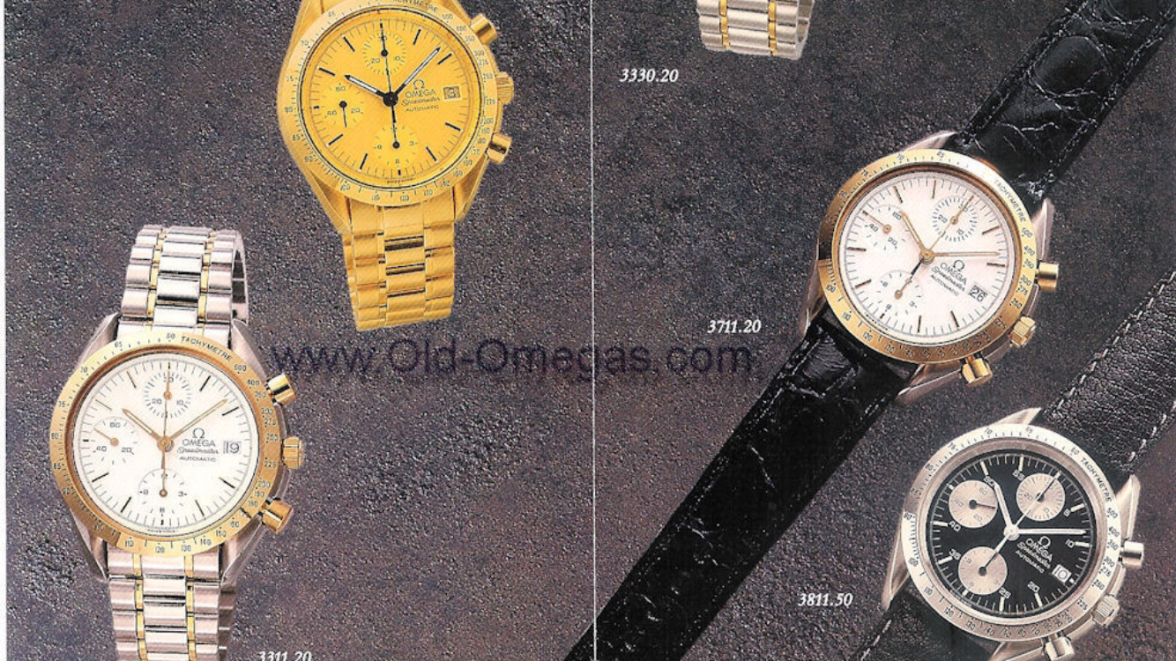I was asking what evidence you had for stating that the only times they refuse an extract is when the case number doesn't match, or when the product is a fake. You have not provided any answers for that, so I'll assume you have no evidence.
How do you know this dial was replaced in service? Since the movement doesn't have a serial number on these, it's possible that it's more than just the dial that is not original to this watch. Let's say the watch leaked at some point, and the original movement was rusted completely. Someone finds a movement with dial and hands on eBay, and slaps it into this case.
No, it's not the correct model. It is the same case number, but a different model of watch.
There is a watch that looks like what the OP has, so the TT case, white dial with gold accents, and brown leather strap on a deployant buckle. That is watch ref. 36102002. The serial number that the OP states is on the case brings up ref. 37111060.
On what basis do you not trust this? This is what Omega service centers all over the world, and watchmakers like me with accounts use to order actual parts to fix actual watches every day. This isn't some half complete database used for collector purposes, but what Omega themselves use to determine what are correct parts on a watch. Omega being able to service watches correctly with the right parts relies on the Extranet...it is the gold standard when it comes to looking up the details of a watch.
All I can say is that if the extract process deems this watch legit, the only conclusion is that the extracts are not worth the paper they are printed on. If models can be approved as correct with different dials on them, just because they share the same case, then no one should ever pay good money for a real Mitsukoshi Speedmaster, Japan racing, or any other valuable variant out there that has a different dial.




